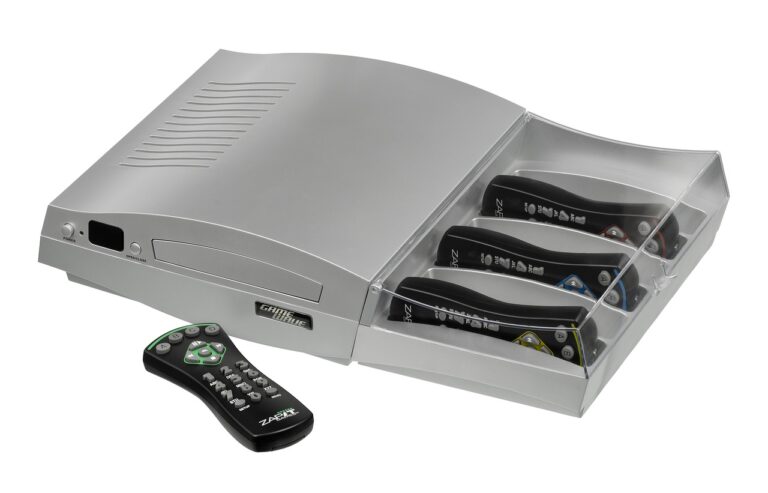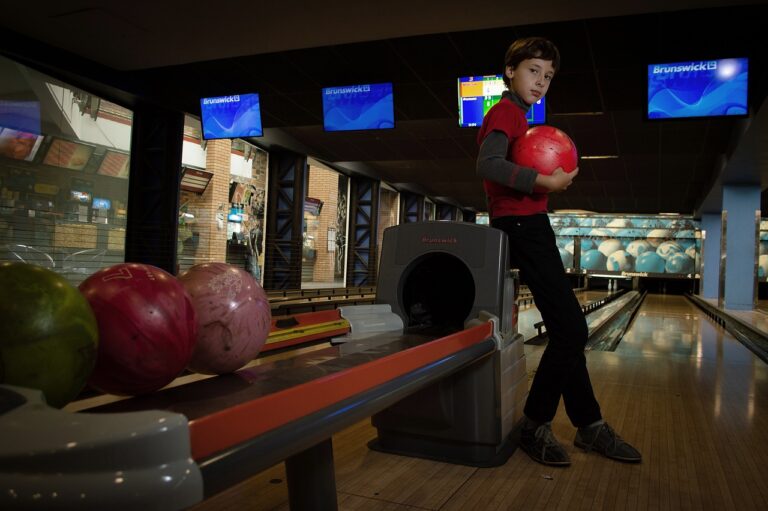Exploring Sound Editing in Museum Exhibits: Engaging Visitors: Betbhai247, Playexch live, Gold365
betbhai247, playexch live, gold365: Exploring Sound Editing in Museum Exhibits: Engaging Visitors
When visiting a museum, there is often so much information to take in that it can be overwhelming. One way to enhance the visitor experience is through sound editing in exhibits. By carefully selecting and editing audio elements, museums can create a more engaging and immersive experience for their visitors.
Sound editing is a powerful tool that can evoke emotions, set the tone, and provide context for museum exhibits. Whether it’s ambient noise, music, or narration, carefully curated audio can enhance the storytelling and bring exhibits to life. In this blog post, we will explore the role of sound editing in museum exhibits and how it can help museums better engage their visitors.
Creating an Immersive Experience
One of the primary goals of museum exhibits is to create an immersive experience for visitors. Sound editing can play a significant role in achieving this goal. By carefully selecting audio elements that complement the visual aspects of an exhibit, museums can transport visitors to a different time or place.
For example, imagine walking through a historical exhibit about ancient Egypt. By incorporating ambient sounds of the desert or traditional music from the region, visitors can feel like they are truly stepping back in time. Sound editing can help create a multi-sensory experience that is both educational and entertaining.
Setting the Tone
Sound editing can also help set the tone for an exhibit. Whether it’s a somber atmosphere for a Holocaust memorial or an upbeat mood for a contemporary art installation, audio can help guide visitors’ emotions and reactions. By using music, narration, or sound effects strategically, museums can create a more cohesive and impactful experience for visitors.
Enhancing Storytelling
At its core, museums are storytellers. They aim to educate and inspire through the exhibits they present. Sound editing can enhance the storytelling aspect of exhibits by providing additional context and information. Narration can offer visitors insight into the significance of artifacts or historical events, while sound effects can create a sense of drama or suspense.
Frequently Asked Questions
Q: How can museums ensure that sound editing enhances the visitor experience and doesn’t become a distraction?
A: Museums should carefully consider the role of sound editing in each exhibit and ensure that it complements the overall theme and message. Testing the audio with visitors can also help identify any potential issues.
Q: What are some best practices for sound editing in museum exhibits?
A: Some best practices include using high-quality audio equipment, creating a seamless loop for ambient sounds, and ensuring that audio levels are appropriate for the exhibit space.
Q: How can museums make sound editing accessible to all visitors, including those with hearing impairments?
A: Museums can provide transcripts or subtitles for audio elements, as well as offering alternative formats such as tactile exhibits or visual representations of sound.
In conclusion, sound editing is a valuable tool that museums can use to engage visitors and enhance the overall experience of their exhibits. By carefully selecting and editing audio elements, museums can create immersive, compelling, and educational experiences that will leave a lasting impression on visitors.







